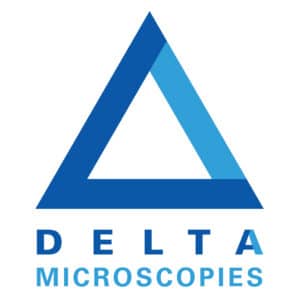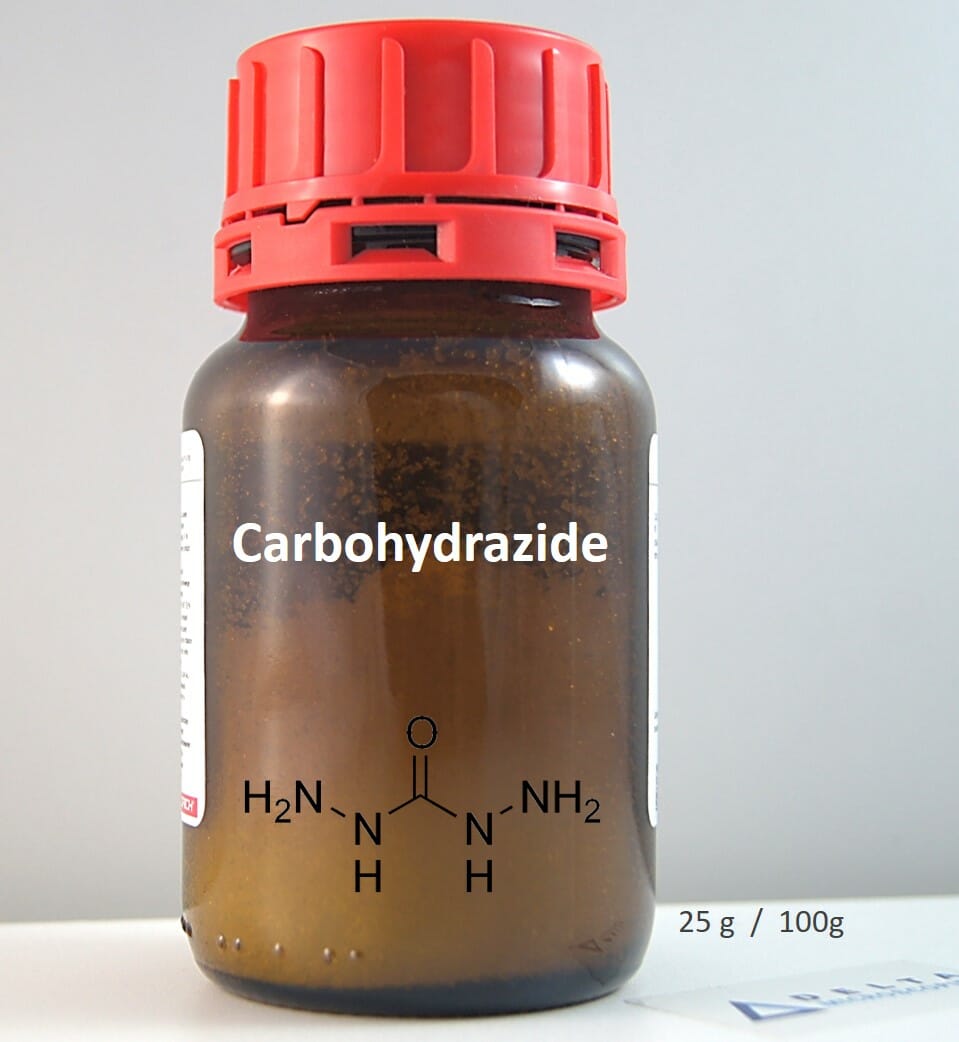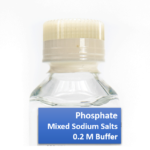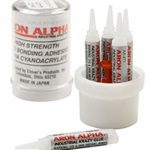Description
CO(NHNH2)2 F.W. 90.08 CAS #497-18-7 m.p. 152-153°C
For GACH embedding kit. A water-miscible, lipid-retaining, embedding polymer for E.M.. Heckman, et. al., Ultrastruct. Res., 42,156 (1973).
Lipid losses during processing of cardiac muscle for electron microscopy. Ward BJ, Gloster JA.
Abstract
The lipid retaining properties of several methods of processing tissue for electron microscopy (EM) have been assessed quantitatively. Guinea-pig hearts were perfused in vitro at 37 degrees C with 3H-oleic acid bound to albumin. The hearts were fixed by perfusion with 4% glutaraldehyde in 0-1 M cacodylate buffer. Pieces of left ventricle and interventricular septum were removed, weighed and processed for EM. The fluids used at each stage of processing were monitored for loss of radioactive lipid by scintillation counting. Lipids were extracted from the processed tissue immediately before the embedding stage using a mixture of chloroform:methanol (2:1 v/v). Counts from processed tissue were compared with counts from tissue extracted directly after perfusion fixation in order to monitor subsequent losses during processing. A modified version of Epon processing, omitting 100% ethanol, acetone or propylene oxide, gave a lipid retention of only 20-6%. The addition of paraphenylenediamine to the procedure did not improve the retention although this has been shown to be a useful stain for intracellular lipid. Water soluble Durcupan which does not involve ethanol or acetone dehydration has an average retention of 63% with 100% recovery while the lesser known polymer GACH, a mixture of glutaraldehyde and carbohydrazide used both for dehydration and embedding showed a lipid retention of 82% of the counts recovered although recovery was only 69%. An attempt was made to determine which classes of lipids were present in the tissue after perfusion fixation using thin layer chromatography. It was found that the presence of any of the processing fluids affected the polarity of the lipids and their rates of migration on thin layer plates.







Avis
Il n’y a pas encore d’avis.